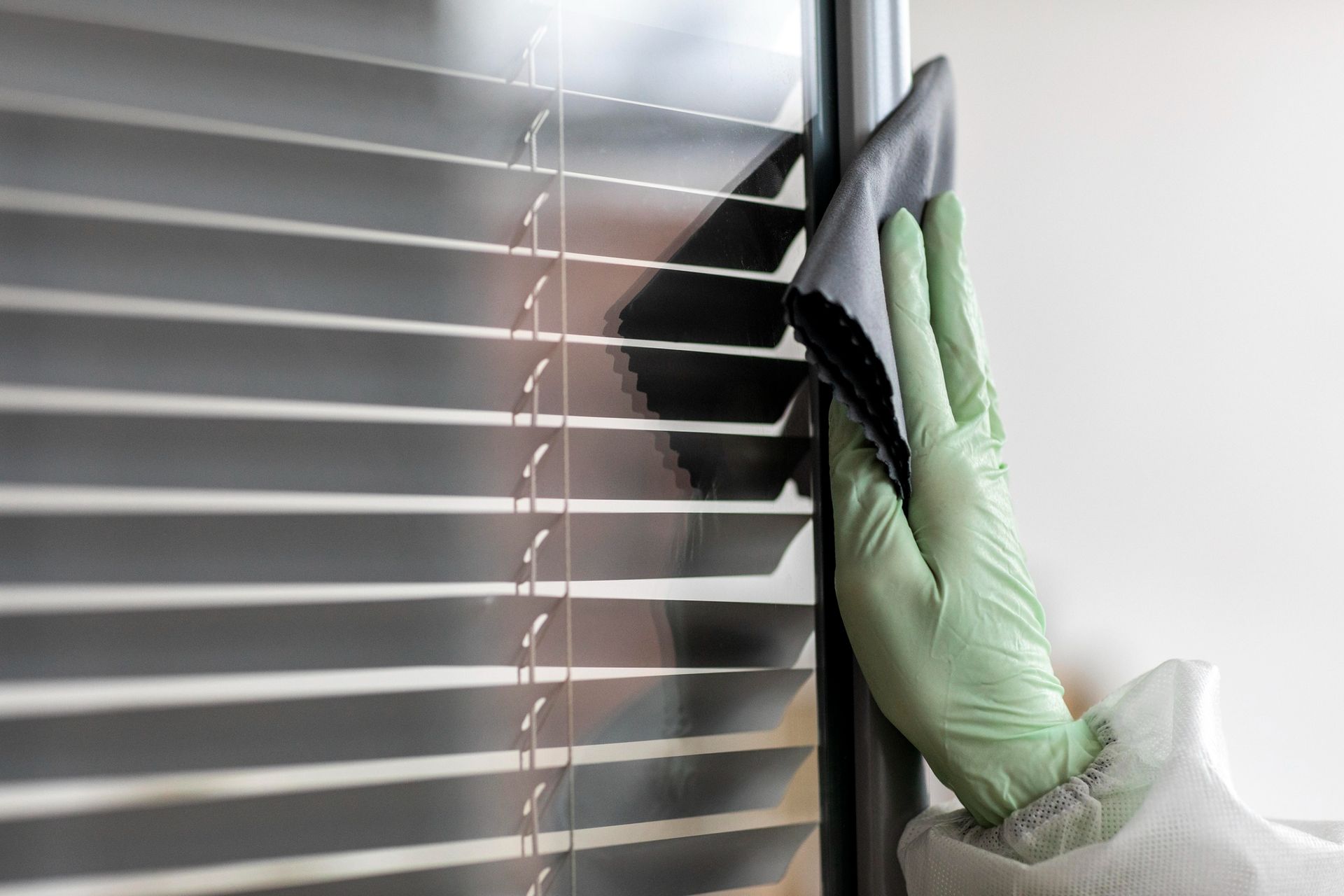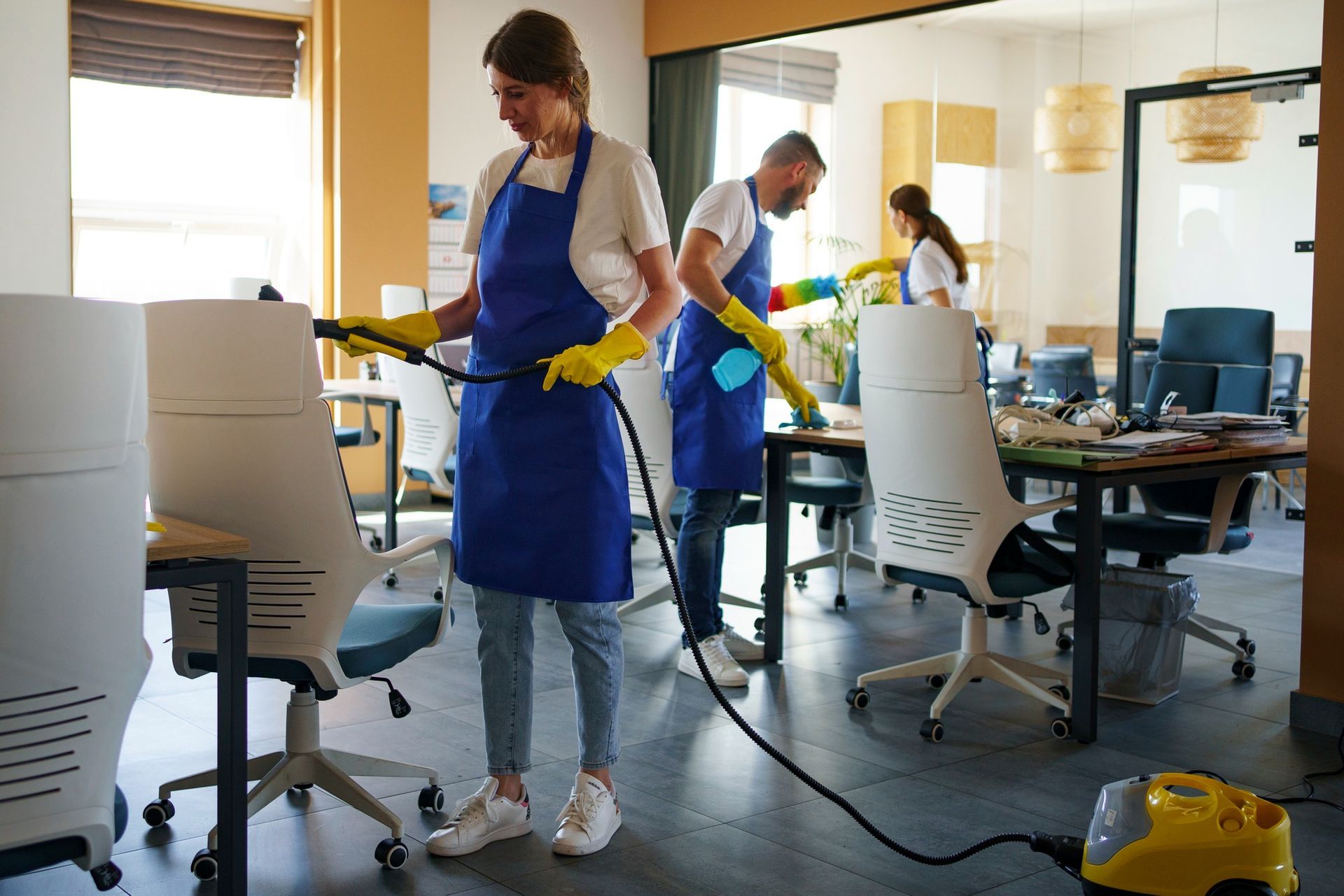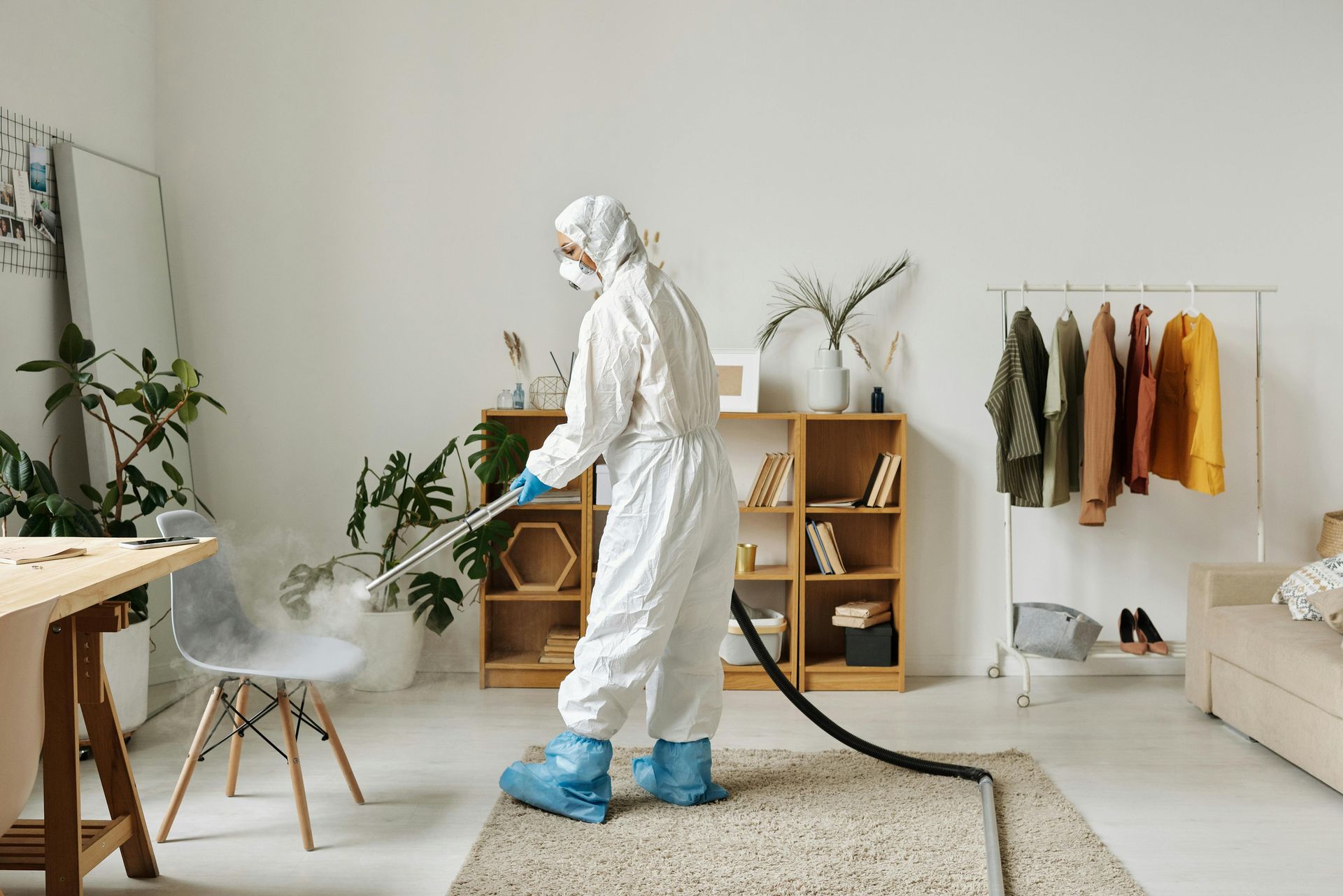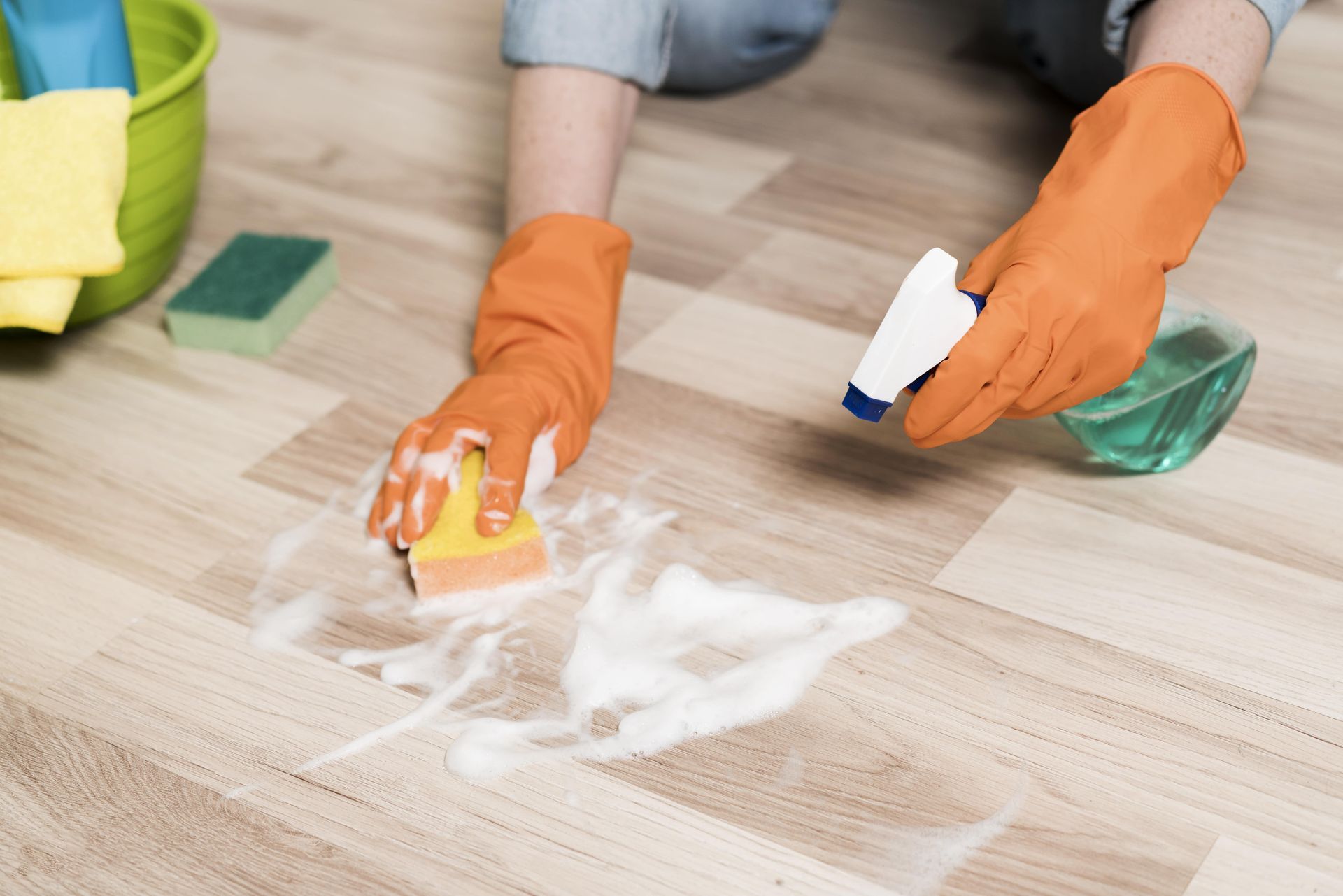Blog
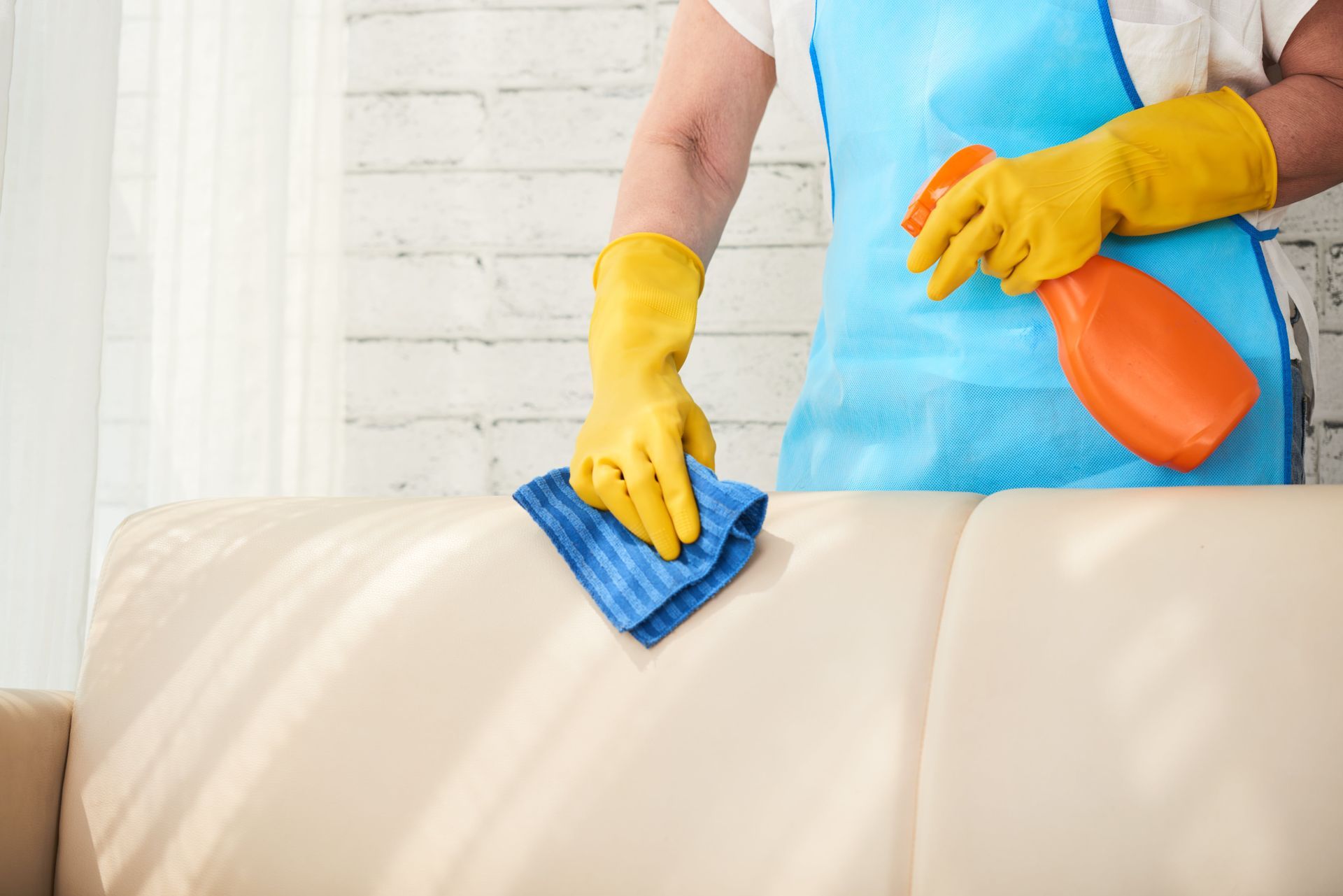
If you live in Linwood, NJ, chances are your couch has seen a lot. Think about it for a second. It’s where you collapse after a long day at work. It’s where the kids sprawl out with snacks while watching a Phillies game. It’s where the dog takes a nap (even though he’s technically not allowed up there). And if you’ve ever hosted a holiday dinner or a book club, you know those living room chairs have done overtime. Now, here’s the truth no one really likes to admit: your furniture is probably dirtier than your floors. Shocking, right? We vacuum and mop weekly, but our couches, recliners, and dining chairs quietly absorb every spill, every crumb, and every sneeze. And unlike hardwood floors or tile, you can’t just wipe them down. That’s why knowing how often to clean furniture is so important. It’s not just about keeping things looking nice—it’s about making your home healthier, fresher, and more comfortable. And when it comes to professional upholstery cleaning, timing makes all the difference. So let’s talk about it—Linwood style. Because the way we live here, between Shore trips, humid summers, and busy family life, means your furniture faces unique challenges.

